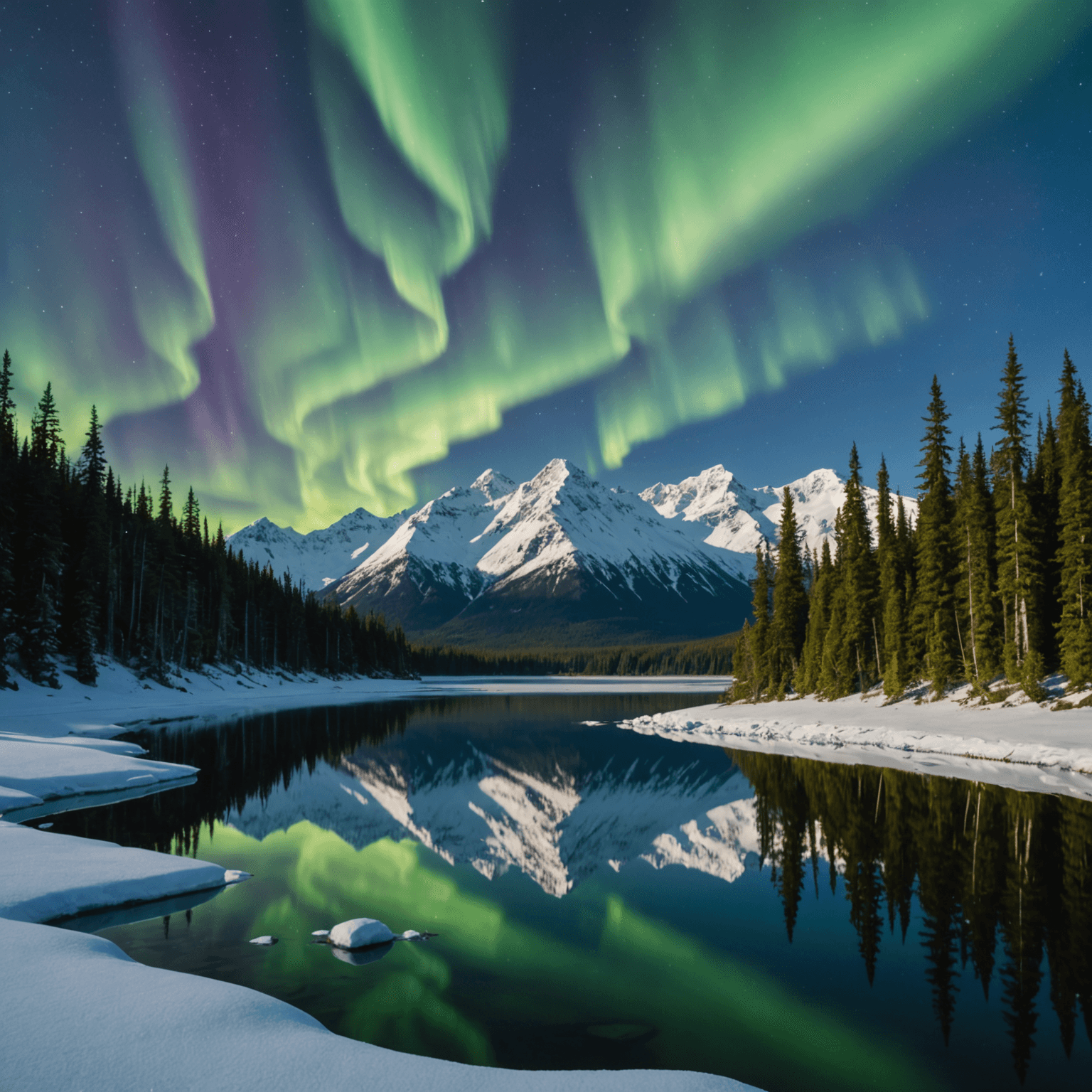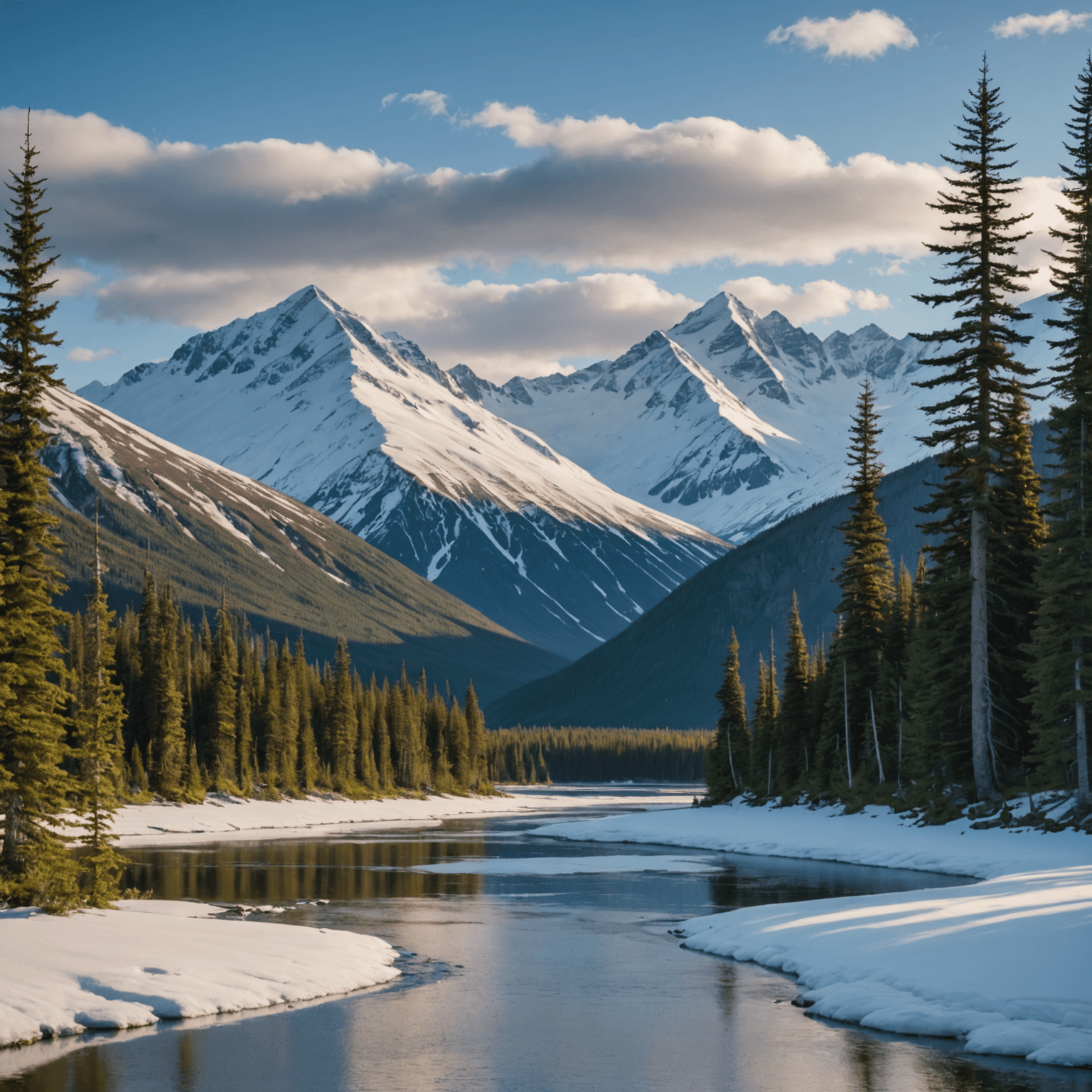Introduction
Alaska is a land of breathtaking landscapes, from sprawling icy tundras to majestic mountain ranges, and offers a unique blend of adventure and tradition. Among its many cultural staples, dogsledding stands out as an iconic part of Alaskan heritage. This traditional mode of transportation has evolved into a celebrated sport and tourist attraction, with huskies playing a central role. Huskies are more than just sled dogs; they are a symbol of Alaskan resilience and spirit. For those planning tours in Anchorage, understanding the role of huskies in Alaska’s dogsled culture provides a deeper appreciation for this unique experience.
The History of Dogsledding in Alaska
Dogsledding has ancient roots, with indigenous peoples in the Arctic regions using sled dogs for transportation and hunting for thousands of years. The introduction of the sled dog to Alaska is often credited to the Thule people, ancestors of the Inupiat and Yup’ik, who migrated from Siberia. This practice was later adopted by gold prospectors during the Klondike Gold Rush in the late 19th century, who found that traditional means of transport were often impractical in the harsh Alaskan wilderness.
As the gold rush waned, the utility of sled dogs persisted, especially in areas inaccessible by other means. Over time, the dogsled became an integral part of Alaskan life, supporting mail delivery and transportation across the vast, snowy expanse.
The Enduring Legacy of Huskies
Huskies, particularly the Alaskan Malamute and Siberian Husky, have become synonymous with sledding in Alaska. Known for their stamina, strength, and ability to endure extreme cold, these dogs were bred specifically for the rigors of sledding. Their thick double coats, wolf-like appearance, and infectious energy make them ideal companions for traversing the frozen wilderness.
One of the most famous sled dog races, the Iditarod Trail Sled Dog Race, celebrates this legacy. The race commemorates the 1925 serum run to Nome, where a relay of dog teams rushed diphtheria antitoxin across the state to save the town from an outbreak. This event highlighted the vital role of sled dogs in Alaska and cemented their place in history.

Huskies and Modern Tours in Anchorage
Today, huskies are integral to Alaska’s tourism industry, particularly for those seeking adventure in Anchorage. Many visitors flock to the region specifically to experience dogsledding for themselves. Whether you’re looking for a thrilling ride or a leisurely tour, Anchorage offers a variety of options to explore this cultural pastime.
One popular option is to join a dog sledding and ice fishing combo tour, which allows visitors to combine two quintessential Alaskan experiences. Another exciting adventure is the Hatcher Pass helicopter tour, which provides a bird’s-eye view of the stunning landscapes before landing for a dogsled ride.
The Life of a Sled Dog
Huskies are not just working dogs; they are cherished members of the sledding community. From a young age, these dogs are trained to work as part of a team, learning commands and developing the endurance needed for long-distance travel. Their diet is carefully managed to ensure they receive the right nutrients for peak performance.
Sled dogs are generally well-cared for and enjoy their work, as evidenced by their wagging tails and excited howls at the prospect of a run. Many kennels offering tours in Anchorage allow visitors to meet and interact with these amazing animals, providing insight into their training and daily lives.

Conclusion
Huskies have left an indelible mark on Alaska’s cultural landscape. Their contributions to dogsledding have not only shaped the practical aspects of life in the Arctic but also enriched the state’s tourism offerings. For those visiting Anchorage, exploring the history and current role of huskies in dogsled culture provides a unique window into Alaskan life. Whether you’re there for the thrill of the race or the peacefulness of a leisurely ride, huskies will undoubtedly leave a lasting impression.
FAQ
What makes huskies the perfect sled dogs?
Huskies are ideal sled dogs due to their strength, endurance, and ability to withstand extreme cold. Their thick fur and high energy levels make them well-suited for the demands of sledding.
Can I experience dogsledding year-round in Anchorage?
Yes, while winter is the traditional season for dogsledding, some tours offer year-round experiences using wheeled sleds or glacier tours. Check out this all-year adventure guide for more details.
Are huskies treated well in sled dog tours?
Reputable tour operators prioritize the health and well-being of their dogs. Visitors often have the opportunity to see the care and training that goes into maintaining a happy and healthy sled dog team.
What should I wear for a dogsled tour in Anchorage?
Dress warmly in layers, as temperatures can be extremely cold. Waterproof outerwear, hats, gloves, and insulated boots are recommended to stay comfortable during the tour.
How do sled dogs communicate with their mushers?
Sled dogs respond to a variety of vocal commands from their mushers. Each team member has a specific role, and the musher uses commands to direct the team’s movements and speed.
Where can I learn more about Alaskan sled dogs?
Visiting a local kennel or taking a dedicated dog sled ride tour provides an immersive learning experience. You can also explore online resources and books dedicated to sled dog history.
What other activities can I do in Anchorage related to huskies?
In addition to dogsledding, you can visit local kennels, attend sled dog races, or even take part in ATV adventure tours that complement the dogsledding experience.
Is it safe to participate in a dogsled tour?
Yes, dogsled tours are generally safe, especially when conducted by experienced operators. Safety briefings and proper gear ensure a secure and enjoyable experience for all participants.




